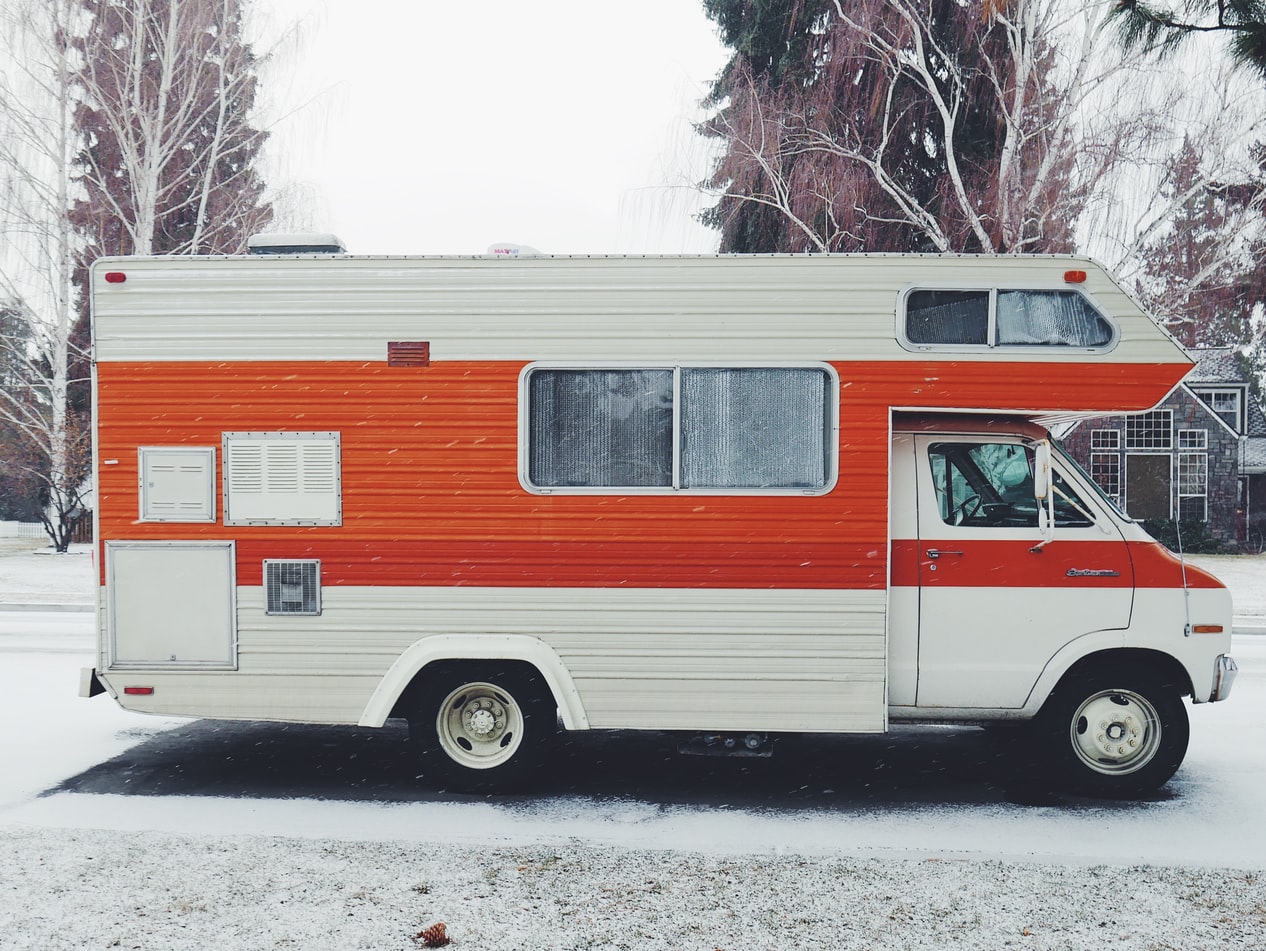As an RV owner, you probably consider your RV, your home away from home, because that’s what it is. And when snow and ice are on the roadways, it means it’s time to store away your mobile home until spring.
Many recreational vehicle owners are great at winterizing their RVs, but even though you’ve winterized the pipes in your RV to make sure that you have running water next spring, there may be some things you have looked over. From using a quality metal polish as a sealant for your RV to avoid rust and corrosion to batteries and ventilation. This guide will help you to make sure that your RV is ready to go come Spring!
Unless you already have a garage to store your RV in, you’re going to need to find a solution to protect your RV. Using a metal carport is currently one of the smartest and safest building solutions. Carports offer quality protection and an excellent alternative to over pricey garages. This is generally the case for those who do not already have a garage, as well as for those in need of an additional garage. Moreover, today’s technologies allow for carports that can be designed, manufactured, and assembled in no time at all.
Recreation vehicles are very expensive purchases. In order to prevent numerous unforeseen, outside circumstances from harming your recreational vehicle, it must be properly protected.
Metal carport structures are the perfect solution, as they offer highly reliable protection against mayhem such as heavy snow, hail, sleet, rain, high winds, falling debris, etc.
Also, carports help to safeguard against the sun’s harmful rays. Sunlight and intense heat can create all sorts of problems for recreational vehicle’s, both inside and out. Examples of such include fading paint, cracking paint, cracking dashboards, cracking leather interiors, fading leather interiors, and damaging trim. The destruction can be quite severe and typically intensifies the longer the exposure and the higher the heat intensity. Carports also help in warding off and protecting your RV from vandalism, break-ins, and accidental impact from neighborhood kids, as well as their bikes, balls, bats, skateboards, scooters, and other toys.
Over the winter, you will want to seal your RV and not just from rodents looking for a home. Once you’ve found a place to store your RV, you’ll want to make sure that all doors, windows, and even the underside of the recreational vehicles are sealed off and protected from any unwanted creatures.
In addition to the sealing of doors and windows, this article from KOA suggests inspecting all roof and body seams as well as window sealants for any cracks or openings. If you notice any issues, consult with your RV dealer for sealants that are compatible with the materials on your recreational vehicle. Also, make sure all locks are sprayed with a graphite spray lubricant and lubricate all hinges and moving metal parts with WD 40.
In addition to this type of sealing, seal in your paint from weather and sun damage (especially if you are unable to store your RV in a garage or carport) with Quick Sheen’s metal polish. Not only does this metal polish work to make sure that your metal is sparkling, but it also acts as a sealant to protect the metal and paint on your RV. Metal polish can be left on all winter and simply wiped away at the beginning of spring. Talk about low-maintenance RV care! You can find the full spectrum of metal polishing products from Quick Sheen, here.
Finally inspect the underside of your RV for any gaps or area where a little critter can get in, then fill these gaps with either a silicone or expanding foam, according to this article.
Where and how you store your recreational vehiclee is just as important as taking care of the interior of your RV before the first winter storm hits. Here are some ways to ensure that when you open up your RV when spring comes, you won’t be in for a rude awakening.
One day or over a weekend take time to do the following things to the inside of your RV:
For more information on how to properly store your RV during the cold winter months, we invite you to check out KOA.com.
To keep your RV looking its best when you can use it, we invite you to check out Quick Sheen’s metal polish and our other car care products today!

Copyright ©2024 • Quick Sheen | All Rights Reserved. Sitemap
Website Development & Marketing by Arcane Marketing